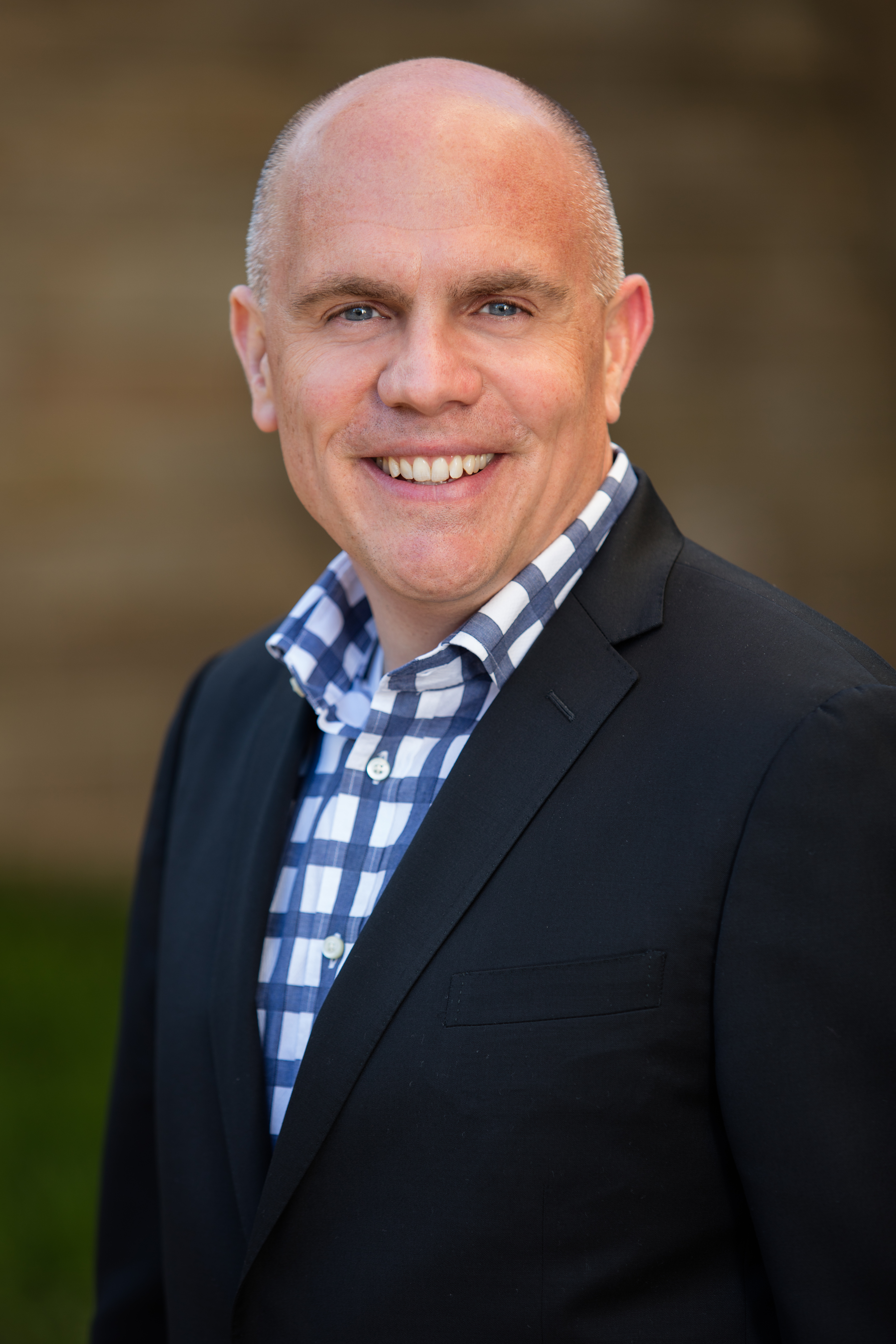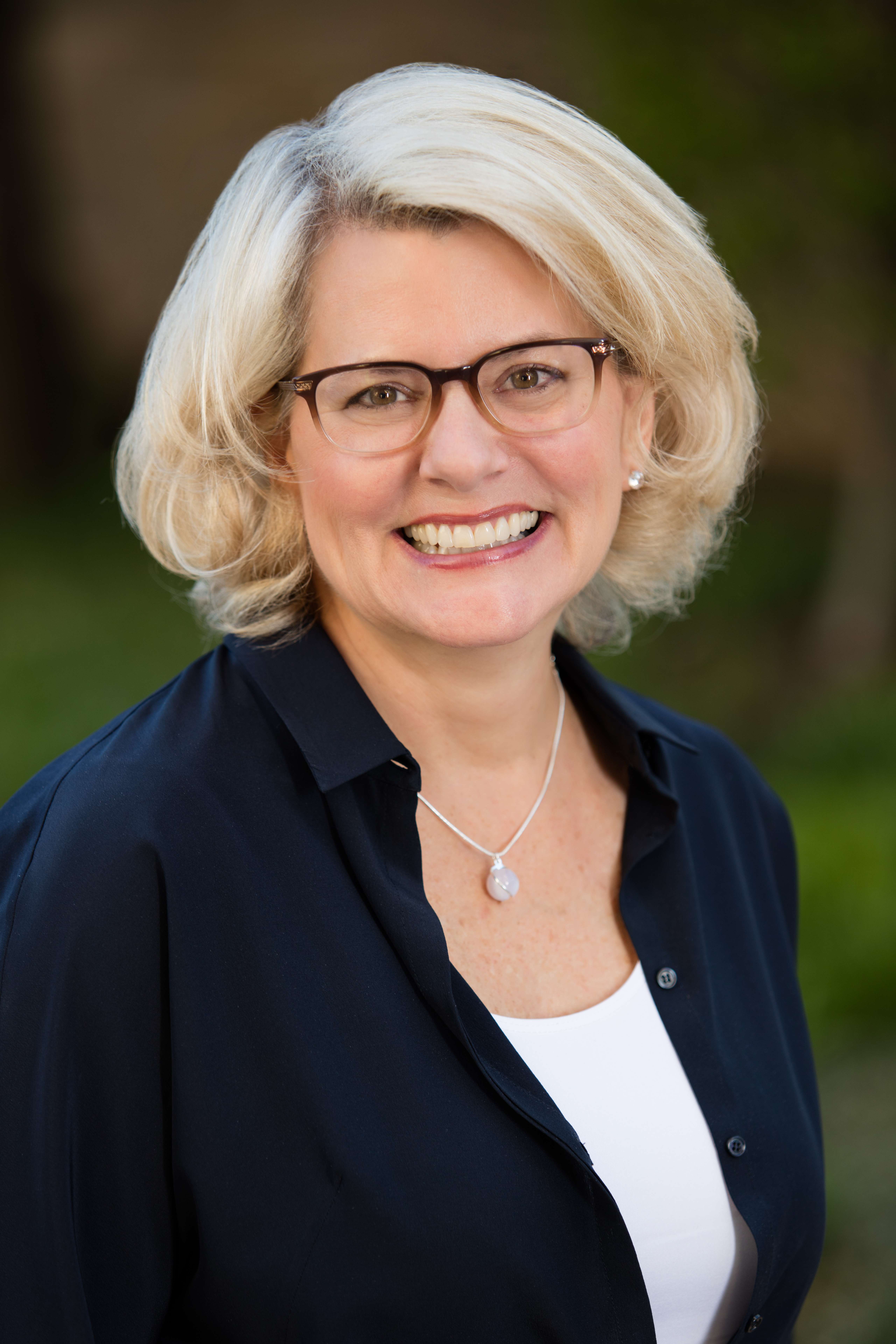“The concept of genes as medicine is becoming a reality.”
“This century will be defined by widespread use of gene therapies to heal.”
“Genetic research is no longer in the early innings.”
Those declarations from recent scientific conferences are supported by statistics. According to the Alliance for Regenerative Medicine, 802 clinical trials for gene and cell therapies were underway around the world last year, including 66 Phase 3 trials. Such heightened activity underscores the excitement surrounding gene therapy, which has emerged as one of the most promising fields of research focused on rare disorders.
As new gene therapies advance through late-stage trials and approach regulatory review, a genomic revolution is taking place before our eyes. Are we ready? In a series of informal discussions with different stakeholders about gene therapy, members of the Rare Collective found a mix of optimism, concern, and confusion. Despite recent advances in the field, many people seemed to lack a clear understanding of gene therapy or even a common language to discuss it.
We shared the above observation with leaders of Professional Patient Advocates in the Life Sciences (PPALS). That conversation sparked a research project presented this month at the Gene Therapy for Rare Diseases Conference at the New York Academy of Sciences. David Lapidus recently spoke with Chris Smith and Patti Engel of the Rare Collective to learn more about the project, which generated numerous insights that can help us prepare for the revolution.
David:
This is such a large topic. Where did you start?
Patti:
We felt it was important to gain different perspectives, so we organized our research into four parts:
- An analysis of the peer-reviewed medical literature;
- In-depth interviews with 10 members of the biopharmaceutical industry, as well as two academicians who are active in gene therapy research;
- A full-year audit of social media conversations and traditional media coverage of gene therapy; and
- An online survey of patients and families impacted by rare genetic diseases.
David:
What did you find in the medical literature?
Chris:
The medical literature was very interesting – it supported our theory that most people believe that gene therapy “will have a positive impact on society” but that concerns persist regarding cloning, genetics researchers’ potential conflicts of interest, lack of research participant compensation for investigators’ discoveries, erosion of medical privacy, and genetics-based discrimination. We also found a good deal of discussion regarding how media coverage of genetic research often lacks critical commentary or contextual information that would allow readers to assess the validity or credibility of the research. This is important because it potentially leads to unrealistic expectations about the promise of gene therapy.
David:
Tell me about the interviews.
Patti:
The interviews with members of industry and academia were quite revealing. Most participants felt that the general medical community did not understand gene therapy, and that many physicians equate gene therapy with “curing the patient forever.” While the industry representatives and academicians recognized that lack of education hinders understanding and acceptance of any new therapeutic approach, they were particularly concerned about the ramifications of unrealistic expectations among both physicians and patients.
David:
Did this theme play out in the media?
Chris:
The social media audit showed an explosion of activity around “gene therapy for rare diseases,” from approximately 4,000 posts in 2012 to nearly 16,000 in 2016. For context, this increasing volume is similar to online discussions of personalized medicine. The majority (53%) of gene therapy-related posts were positive in nature and most traffic was on Twitter or YouTube, which suggests important opportunities for deeper engagement on other social media platforms. In traditional media, we did not see this same theme play out – most stories were neutral in tone and focused on research, clinical trials, or regulatory updates.
David:
Tell me about the patient perspective.
Chris:
As you can imagine, most of the survey respondents were parents. I found it interesting that only 35% rated their own knowledge about gene therapy as high. They were particularly interested in learning more about the efficacy of gene therapy for the condition impacting their child, and also wanted to better understand the mechanism by which the gene therapy product works. They had very definite opinions as well about how to improve education regarding gene therapy.
David:
So, after doing this research, what recommendations do you have for clients who are working in gene therapy?
Chris:
We have a number of recommendations. First, provide basic educational content about genetics that is informed by a reasoned and critical assessment of the health literacy needs of the population. If you can’t speak at the level of the audience, you may be wasting your breath!
Patti:
Next, establish a common nomenclature that provides relevant, consistent, and understandable information about gene therapy. Today, there is widespread confusion about what gene therapy is, how it differs from cell therapy, what a “vector” is, why someone would put a “virus” into their body, etc. – the list is long! We need to speak with one voice so that we are all talking about the same thing.
Chris:
Of course, a common nomenclature requires alignment; industry, academic centers, trade groups, government agencies, and patient advocacy groups all need to work together and move in the same direction. We find that dialogue among and between audiences — as opposed to simple, “top-down” dissemination of information through conventional communication channels — really works best in terms of engaging all stakeholders. Additionally, the use of multiple media, particularly those that are interactive, will help to get messages out and remembered.
Patti:
Beyond the “how to” learnings from the research, we believe that content is key. The research was quite prescriptive about the need to set clear and realistic expectations about gene therapy by interacting with all audiences in a way that conveys the promise of gene therapy realistically and responsibly.
David:
Where can people learn more?
Chris:
Visit smithsolve.com for more information or to download a copy of our research poster: “Enhancing Awareness and Understanding of Gene Therapy among Rare Disease Communities: A Research-Driven Roadmap.”

Chris Smith is the President and CEO of SmithSolve, a communications agency helping clients earn trust, manage risk and break through the noise.


 RARE COLLECTIVE® is a trademark of Rare Collective, LLC.
RARE COLLECTIVE® is a trademark of Rare Collective, LLC. 